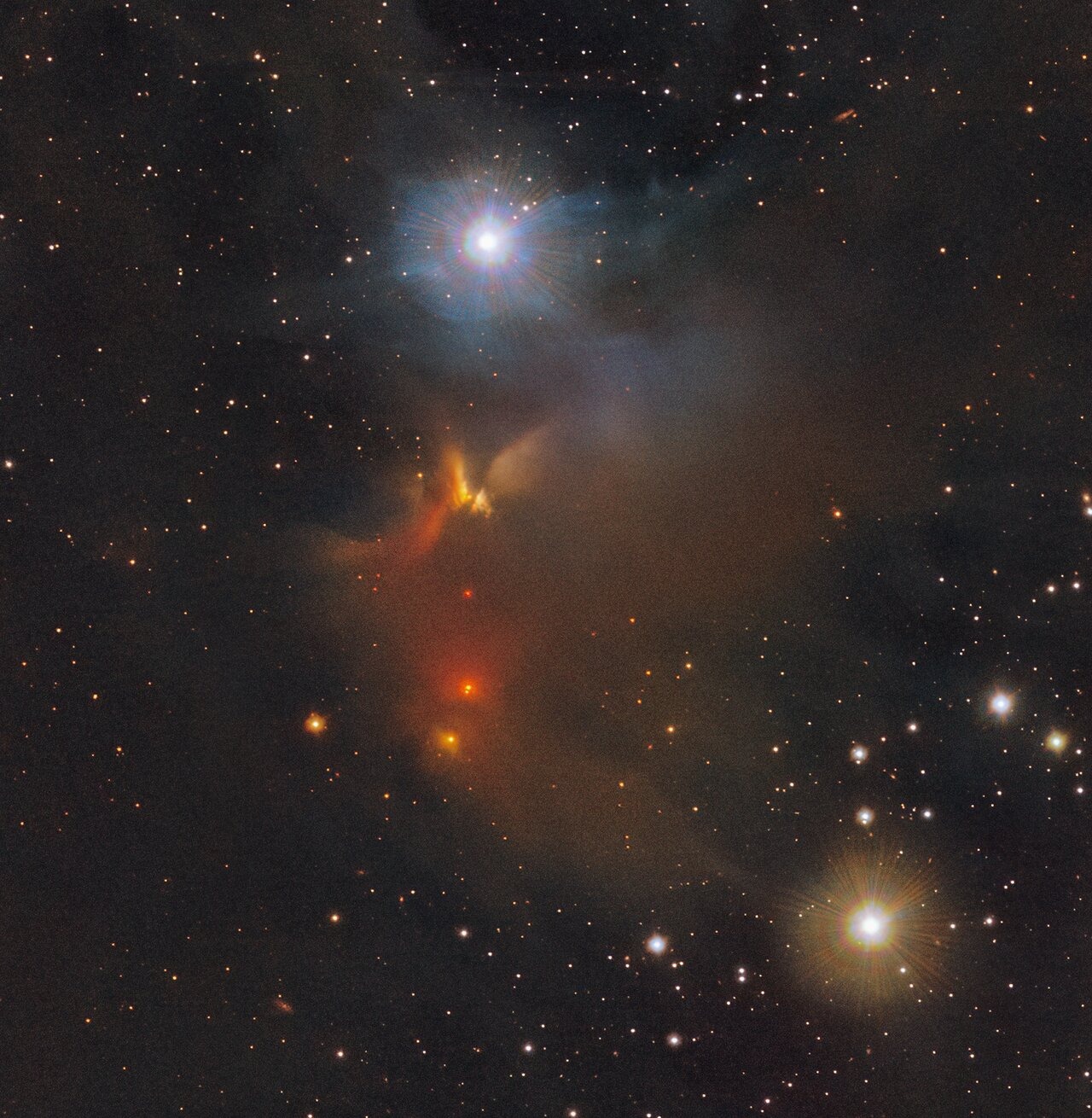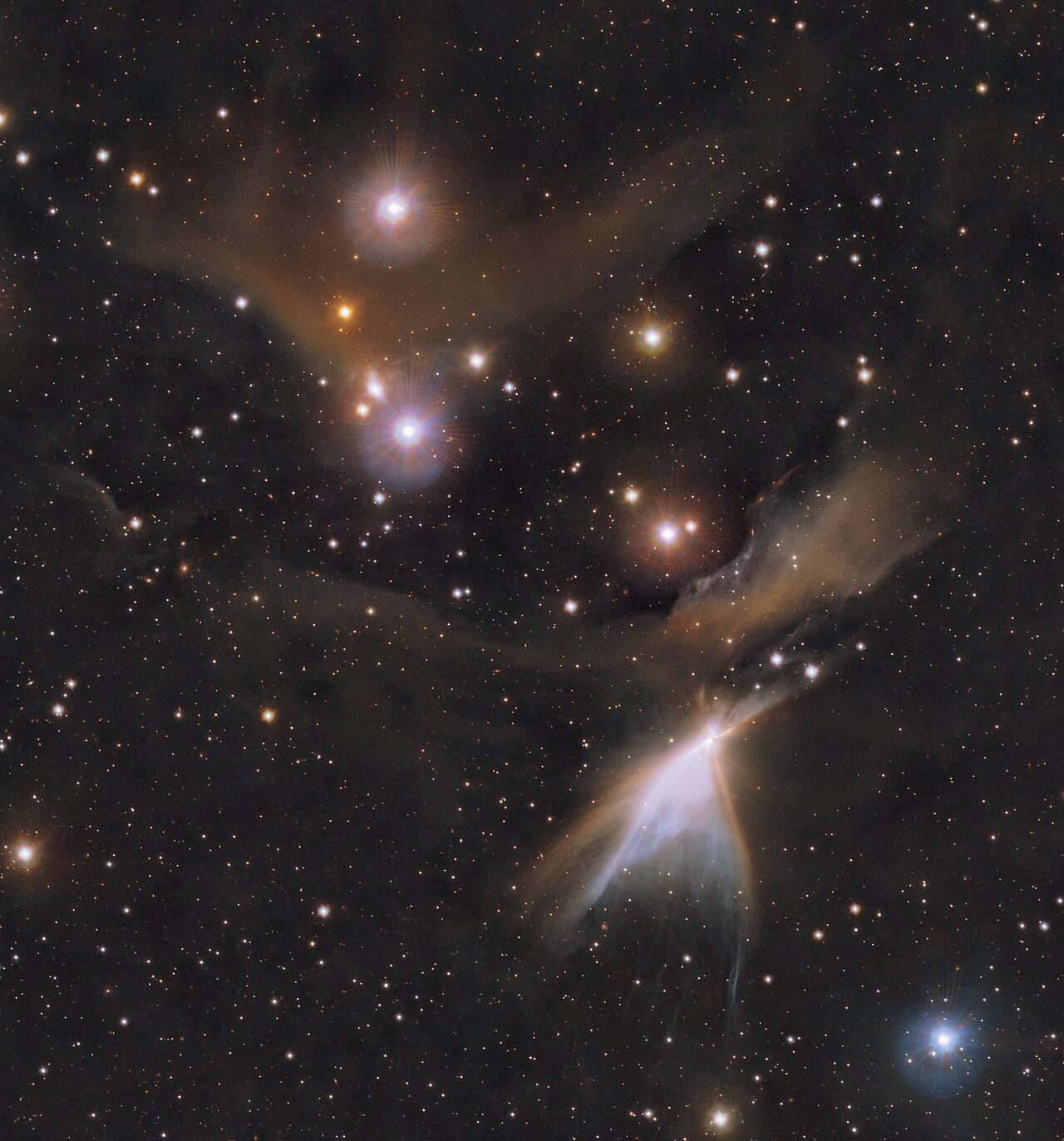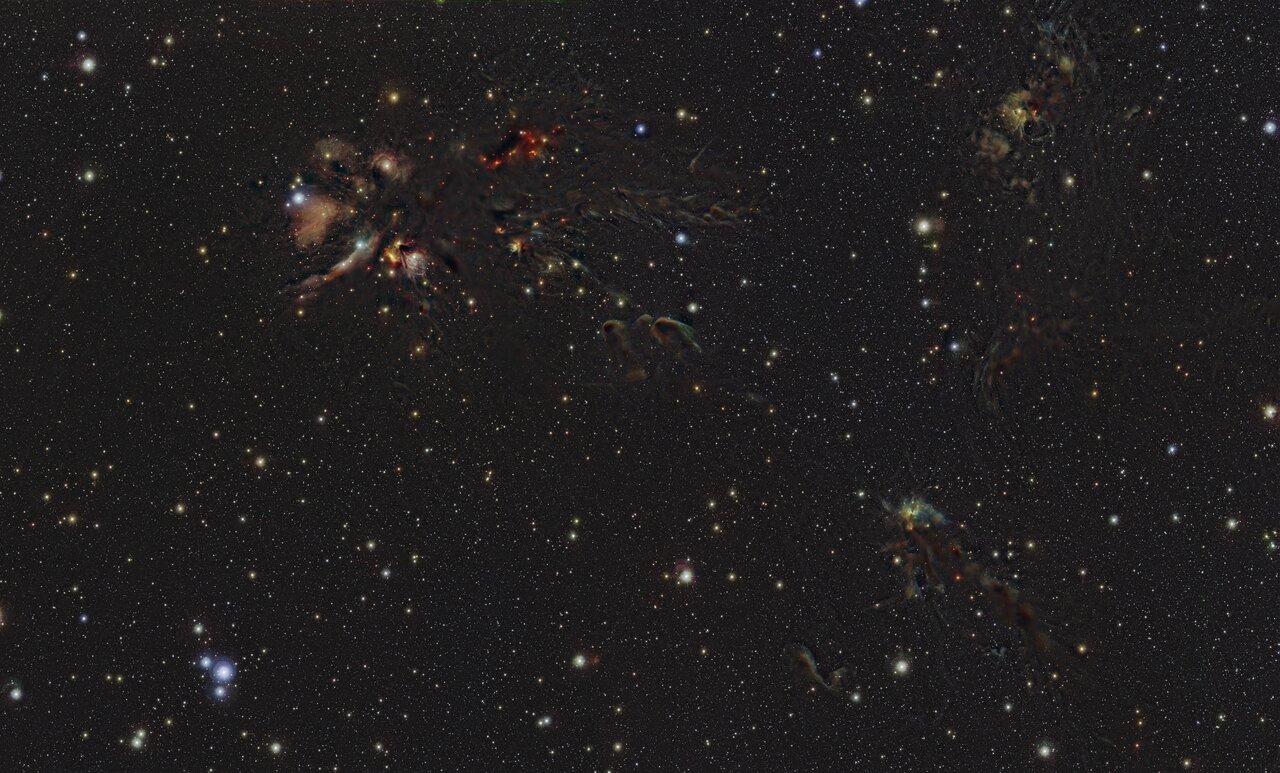Stars are born in dense clouds of dust and gas, which are euphoniously called stellar nurseries. These nurseries can be huge. They extend over 1,000 light-years, and thousands of young stars can be born in them. To explore these lively, exciting regions, astronomers have pieced together thousands of images to create a mosaic of five nearby nurseries, creating a shared atlas of the birth of stars.

The researchers used images from the VISTA astronomical telescope of the European Southern Observatory for observations in the visible and infrared ranges, combining five years of observations to show regions such as the L1688 region in the constellation Ophiuchus and the objects IRAS 11051-7706 and HH 909 A in the constellation Chamaeleon. The images were collected as part of the VISIONS project, or “VISTA Star Formation Atlas”, which looked at these areas in the infrared range to see the structure of these huge clouds.

“Dust obscures these young stars from our view, making them almost invisible to our eyes. We can look deep into these clouds only in the infrared range, studying stars at the stage of formation,” explained Elena Rottensteiner from the University of Vienna.
You can feel how detailed the images are by looking at the enlarged version of the L1688 photo. Every glimmer of light is an exciting object worth exploring.

In total, more than a million images were used to create the atlas, including some images of the same regions taken at different time periods. This allows researchers to see how they have changed by observing the birth and growth of young stars. The goal of the project is to help astronomers answer questions about the birth of stars, for example, how many of them can be born in the region and how massive they can become.
Earlier we reported how Hubble surprised with a stunning image of the spherical cluster M55.
Follow us on Twitter to get the most interesting space news in time
https://twitter.com/ust_magazine

